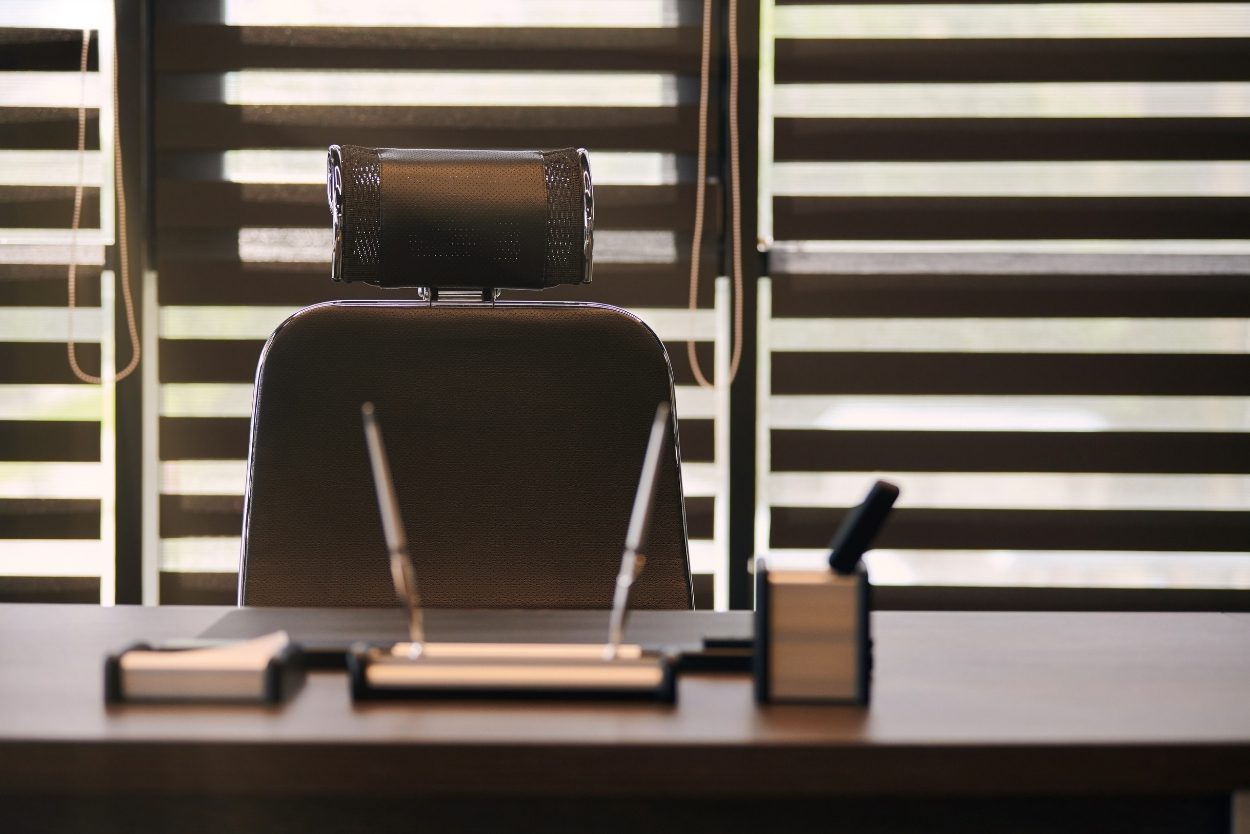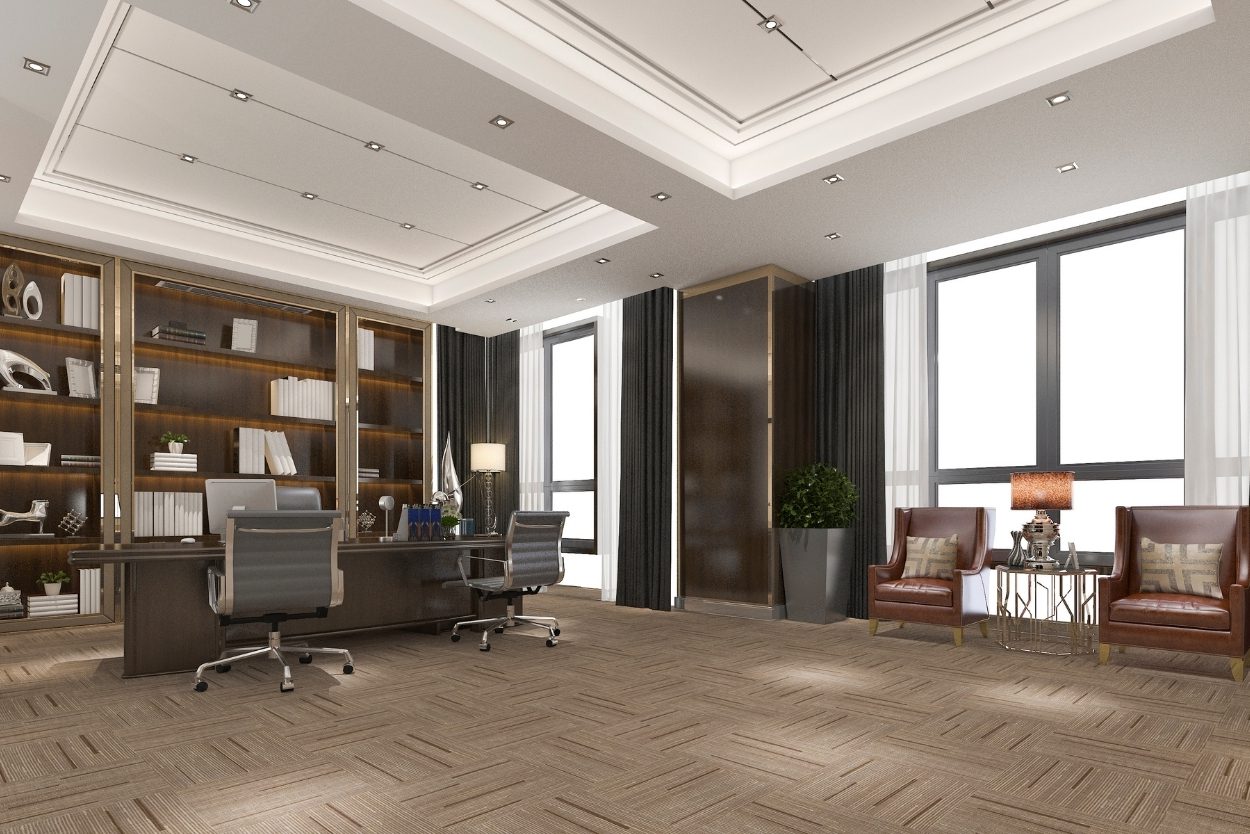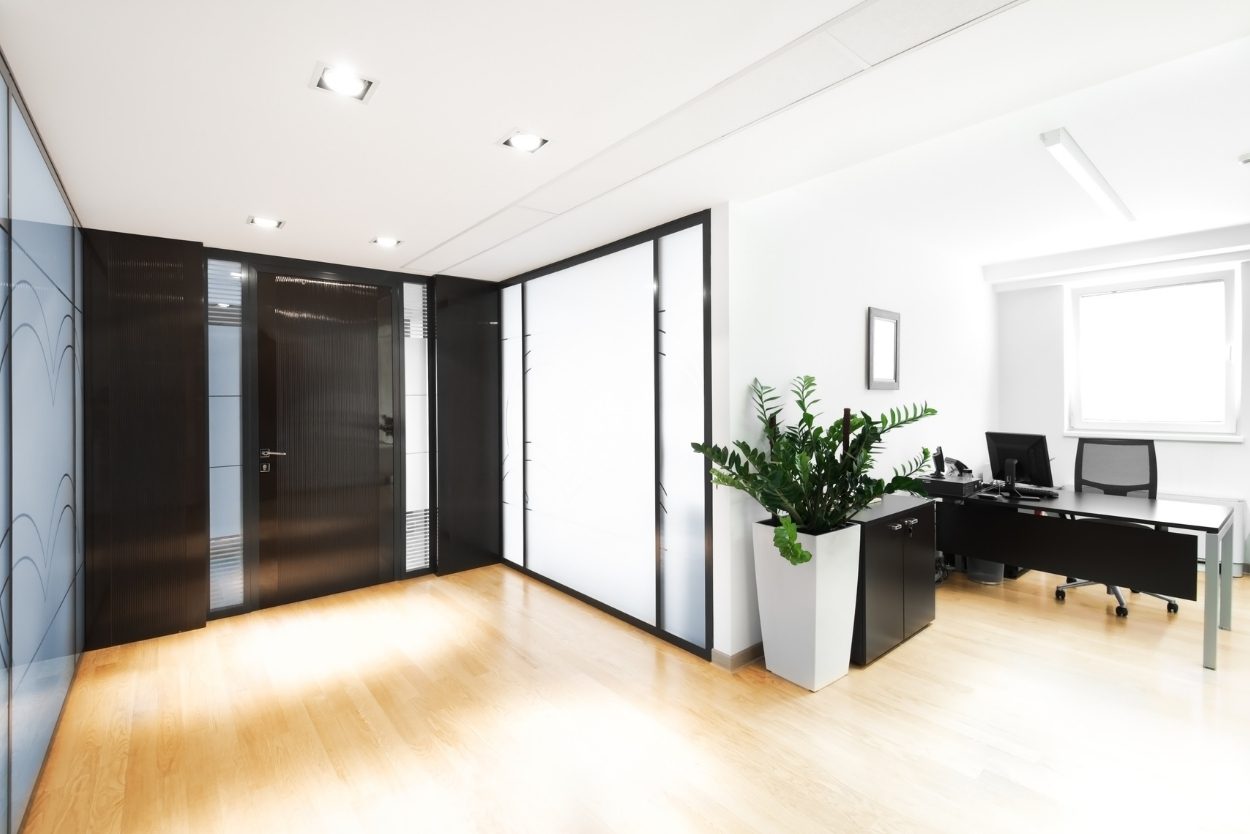Executive office furniture is more than just a collection of desks, chairs, and storage units. It’s a fundamental component of a well-organized, professional workspace that not only enhances employee productivity but also leaves a lasting impression on clients and business partners. A well-designed office can speak volumes about a company’s values, brand, and culture. However, like all things, even the finest executive office furniture will eventually need an upgrade.
Here are the six signs that indicate it’s time to refresh or replace the office’s furnishings.
Key Takeaways✔ Outdated executive office furniture can hinder employee focus and efficiency, reducing overall productivity. ✔ Worn-out furniture causes discomfort and strain, negatively impacting employee morale and well-being. ✔ Clients and visitors may form a poor impression of the company if the office features damaged or outdated furniture. ✔ Old furniture often lacks modern features, such as cable management and tech integration, leading to workspace inefficiency. ✔ Modern executive office furniture improves comfort and reduces the risk of physical strain, boosting employee productivity. ✔ Upgrading to contemporary furniture can better reflect the company’s values, making the office more visually appealing and functional. ✔ Involving employees in furniture decisions and selecting pieces that accommodate company growth ensures long-term functionality. ✔ It’s essential to select a furniture supplier with a strong reputation, a wide product range, and customization options to meet specific office needs. |

Outdated or ineffective executive office furniture can have several negative consequences. Over time, furniture can degrade, losing its functionality and aesthetic appeal. This is not just a superficial concern; furniture that is uncomfortable or poorly designed can negatively impact employee health and productivity.
Recognizing the issues early can help businesses maintain a productive, professional workspace. Upgrading to modern executive office furniture is not only an investment in aesthetics but also in functionality and employee well-being. Here’s how outdated furniture can affect an office environment:
When it comes to upgrading executive office furniture, the benefits go beyond aesthetics. Modern furniture offers a range of features designed to enhance comfort, improve efficiency, and reflect a company’s values. The data analysis showed that workplace interior design, particularly furniture, significantly impacts employee performance, highlighting the importance of considering ergonomic furniture when making office furniture purchases.
Key benefits include:

Recognizing the need to upgrade executive office furniture can be challenging, but there are clear indicators that signal it’s time for a change to maintain both functionality and a professional appearance in the workspace.
One of the most obvious signs that it’s time to replace executive office furniture is visible wear and tear. No matter how high-quality the materials, time takes its toll. Signs of deterioration can include:
When executive office furniture begins to show these signs, it’s time to upgrade. Continuing to use damaged or deteriorating furniture can send the wrong message to clients and employees alike.
Actionable Tip: Routinely inspect executive office furniture for signs of wear and tear. Regularly check for fraying fabric, broken parts, or malfunctioning mechanisms. If repairs are not sufficient to restore the furniture’s appearance and functionality, it’s time to invest in new pieces.
Design trends evolve over time, and what was once considered cutting-edge may now look dated. Having executive office furniture that is out of style can make the workspace feel old-fashioned, especially in industries where innovation and modernity are important.
Outdated furniture can make an office feel disconnected from current design trends, which may negatively impact the company’s image. Here’s how to recognize this sign:
Actionable Tip: Evaluate the overall style of the office. If the furniture design looks outdated or no longer aligns with the company’s image, consider updating to more contemporary pieces that fit current design trends.
First impressions matter, especially in business. Executive office furniture plays a significant role in shaping how clients perceive the office and, by extension, the company. If the furniture looks worn or outdated, it may leave clients with a negative impression, which can affect business relationships.
Here are some signs that the current furniture may not be making the right impression:
Actionable Tip: Take a walk through the office from a client’s perspective. If the executive office furniture doesn’t create a welcoming and professional atmosphere, it’s time to consider an upgrade.
Work styles have evolved significantly in recent years, with more emphasis on collaboration, flexibility, and technology. If the current executive office furniture no longer supports these modern work habits, it may be holding the team back.
Common signs that the furniture isn’t meeting the needs of today’s work environment include:
Actionable Tip: Assess whether the current furniture supports the way employees work today. If the furniture is rigid, uncomfortable, or not tech-friendly, consider upgrading to more flexible and functional pieces.
Ergonomics is more than just a buzzword—it’s a critical component of employee health and productivity. Poorly designed executive office furniture can lead to discomfort and long-term health issues, such as back pain, neck strain, and repetitive stress injuries. Poor ergonomics can lead to discomfort and pain, which not only decreases productivity but also increases absenteeism.
Here’s how to identify if your current furniture is lacking in ergonomics:
Actionable Tip: Invest in ergonomic furniture that promotes health and well-being. This includes adjustable chairs, sit-stand desks, and accessories like monitor stands and ergonomic keyboard trays.
Relocating to a new office or expanding an existing space provides the perfect opportunity to reassess and upgrade executive office furniture. Moving into a new space often means rethinking office layouts and furniture to fit the new environment.
Consider the following when moving or expanding:
Actionable Tip: Use the opportunity of a move or expansion to upgrade to modern, functional executive office furniture that fits the new space and supports growth.
Upgrading executive office furniture is an investment that requires careful planning. Here are the steps to take to ensure a successful upgrade:
When upgrading executive office furniture, choosing the right supplier is key. A good supplier will offer a variety of options, provide excellent customer service, and ensure timely delivery. Here’s how to find the right supplier:

When selecting executive office furniture, prioritize durability and ergonomic design to ensure long-lasting comfort and support. Choose materials like hardwood or metal for strength and consider designs that reflect your brand’s style. Look for furniture with modern features, such as cable management and adjustable components, to enhance functionality.
Executive office furniture typically lasts 7-10 years, but frequent use or changes in office design may require earlier replacement. If furniture shows signs of wear, discomfort, or no longer fits your office needs, it’s time for an upgrade. Regular maintenance can help extend its lifespan, but outdated designs may still necessitate replacement.
Yes, executive office furniture is often considered a tax-deductible business expense. It can be claimed under office equipment or capital expenditures, depending on the jurisdiction. Consult a tax professional to ensure proper documentation and deduction procedures.
Common materials for executive office furniture include hardwood, metal, glass, and leather. Hardwood provides a classic, durable option, while metal and glass offer a sleek, modern aesthetic. Leather is often used for chairs to add an element of luxury and comfort to the office.
Regular maintenance includes cleaning upholstery, polishing wood or metal surfaces, and checking for loose screws or faulty mechanisms. Prompt repairs can prevent further damage and keep furniture looking professional. Using appropriate cleaners and following manufacturer guidelines also helps prolong the furniture’s life.

If your workspace in New Haven, CT is in need of a furniture upgrade, Stamford Office Furniture is here to help. Offering a wide selection of modern, ergonomic, and stylish executive office furniture, Stamford Office Furniture has everything you need to enhance your office’s productivity and aesthetics. Our expert team will guide you through the selection process, ensuring you find the perfect pieces for your New Haven, CT office. Don’t wait—transform your workspace with Stamford Office Furniture and create an environment that impresses clients and supports your team’s success.